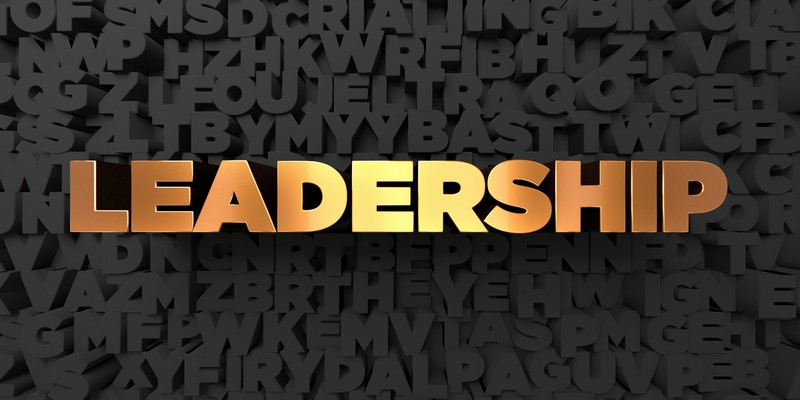By: Tanya Harris, SHRM-SCP, PMP
One of the marks of an excellent leader is his or her ability to bring about transformation in people and organizations. This leader brings perspective to the collective, meaning they must understand the requirements for sitting in the seat.
I Need a Verbal “Yes”
A great word picture to illustrate this is the airline industry. Most people want more leg room when flying, so when purchasing an airline ticket, they check to see if seats in the exit row are available. Have you ever stopped to think about the similarities of searching for extra legroom when flying and searching for extra responsibilities when looking for job opportunities?
Instead of looking for roles to highlight and grow current competencies, there is a desire to move into formal roles of leadership. The desire does not always align with competence and commitment. Many people, search for leadership roles, but not the leader’s responsibilities or risk. Many want the leader’s praise and the paycheck, without comprehending the leader’s performance requirements or pressures of the role. There are specific requirements to sit in the exit row.
Before takeoff and before general instructions, the airline flight attendants look for the leaders. As they announce the requirements for sitting in the exit row, they concisely explain the role of a leader:
- You must be able to understand the instructions concerning the exit door.
- You must be able to open the door.
- You must be able to guide others through the door verbally.
When you think about the role of a leader and their demonstration of effective leadership, these are the requirements. When you lead others, you need to know what must happen (vision and strategy). You must be able to pull it off (competence and motivation), and you must be able to take others with you (empowerment and connection). Leadership is influence. A person is not leading if no one is following, and effective leadership is not forced, followers.
Yes! I Have What It Takes
An excellent leader that transforms people and organizations understands that they must draw commitment from the team to create change that is effective, efficient, and sustainable. Viable organization transformation (change) requires continuous organizational development. An effective leader will courageously accept the challenge to do both, draw commitment from the team and develop the organization’s capabilities.
The leadership research shares that to transform people and organizations, the leader must demonstrate a level of competence to gain trust and respect. Competence is a leaders’ ability to say it, plan it, and do it in a way that there is no doubt that the leader knows the business—which then inspires others to buy into the vision, strategy, and the transformation (change). Kouzes and Posner have coined this phrase, ‘If you don’t believe in the messenger, you won’t believe the message.’ The leader must demonstrate competence, commitment to the cause and the people, and clearly communicate (simplify the message, know the audience, demonstrate credibility, and seek response).
Just in Case
Have you ever really thought about “why” the airline attendants are asking these questions? The attendant is seeking to know if there is a real commitment to the cause so that in times of trouble or challenges, a competent, committed, and compassionate leader is at the helm. In organizations, employees (followers) want to know that there is a sense of security for them and the leader at the wheel is fully prepared to carry the weight of the responsibility.
If you are in an exit row seat and not able to carry out the duties of the role, the attendant will happily find you another seat and replace you with someone who understands the requirements, and is capable and committed to following through. This truth should also apply to organizations.
Bottom-line, an effective leader knows that to develop organizational capabilities to deliver the vision and strategy, the people process (human capital) must align. The organization must have the right people, in the right roles, at the right time, for the right cost, to execute the right goals, which translate to effective, efficient, and sustainable transformation.



